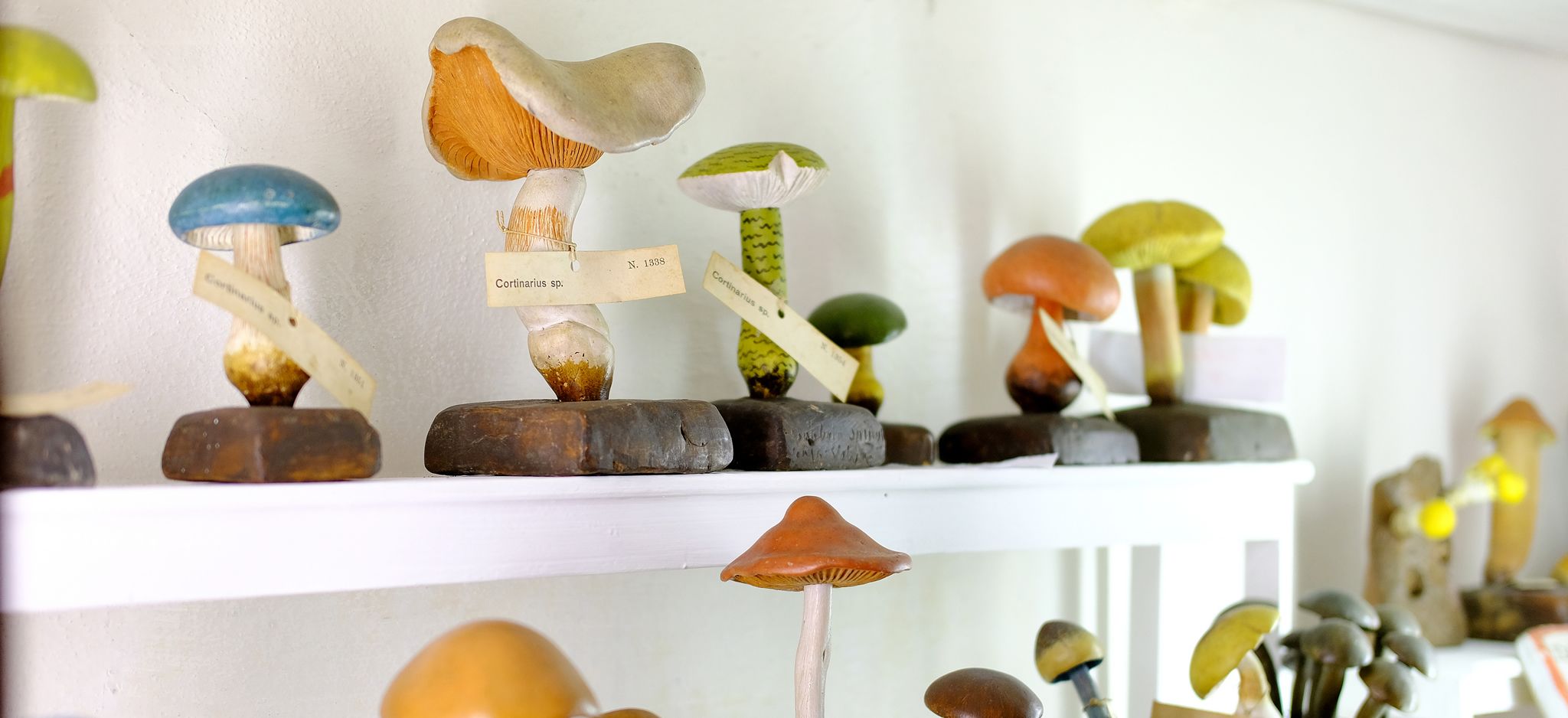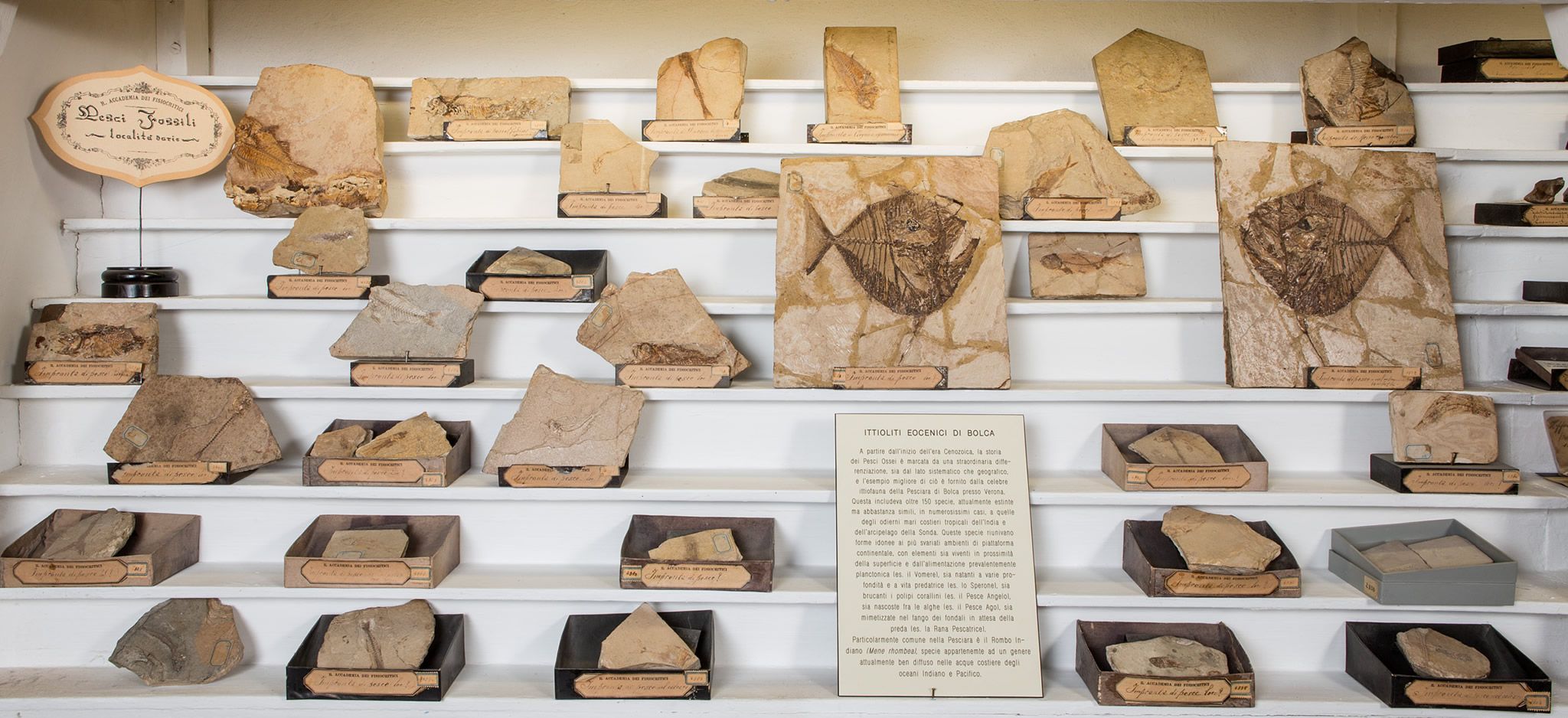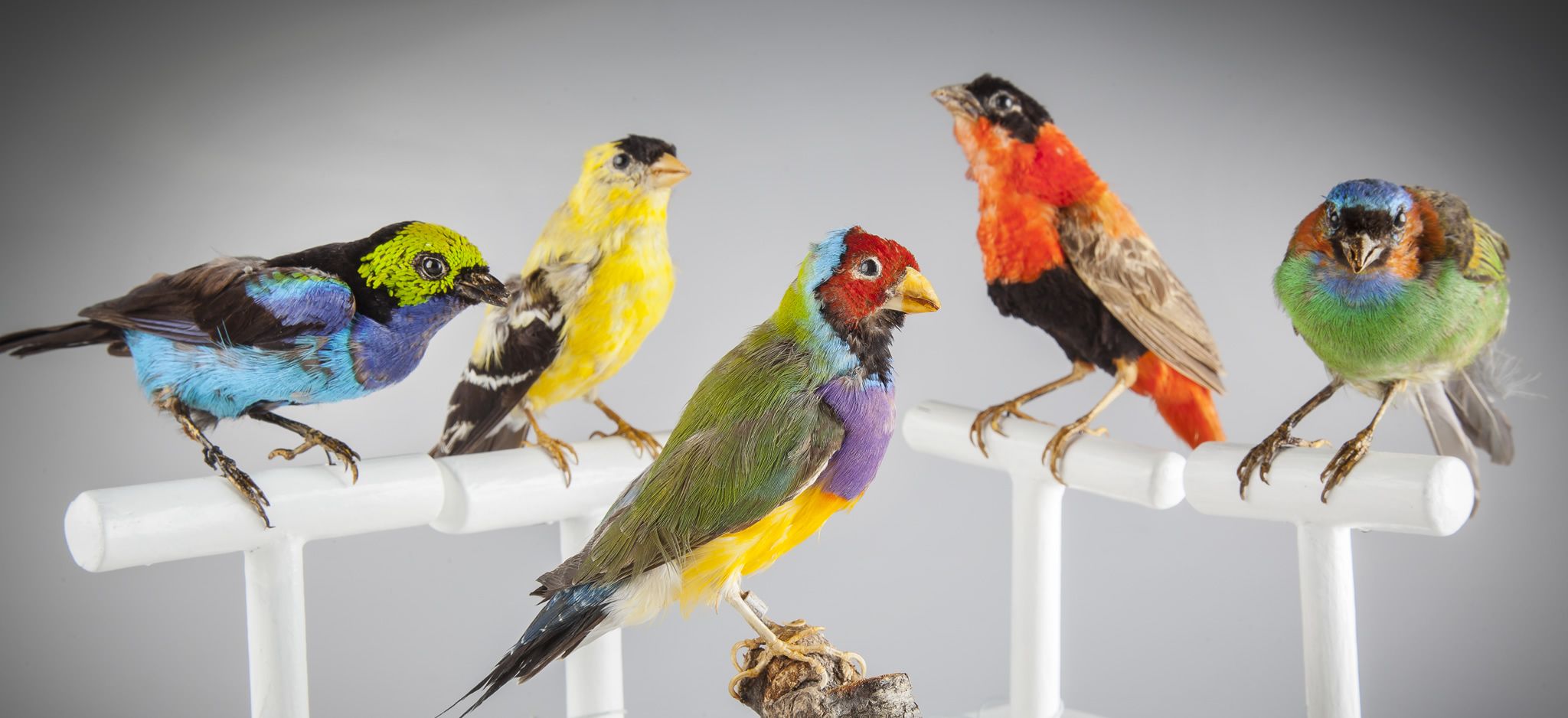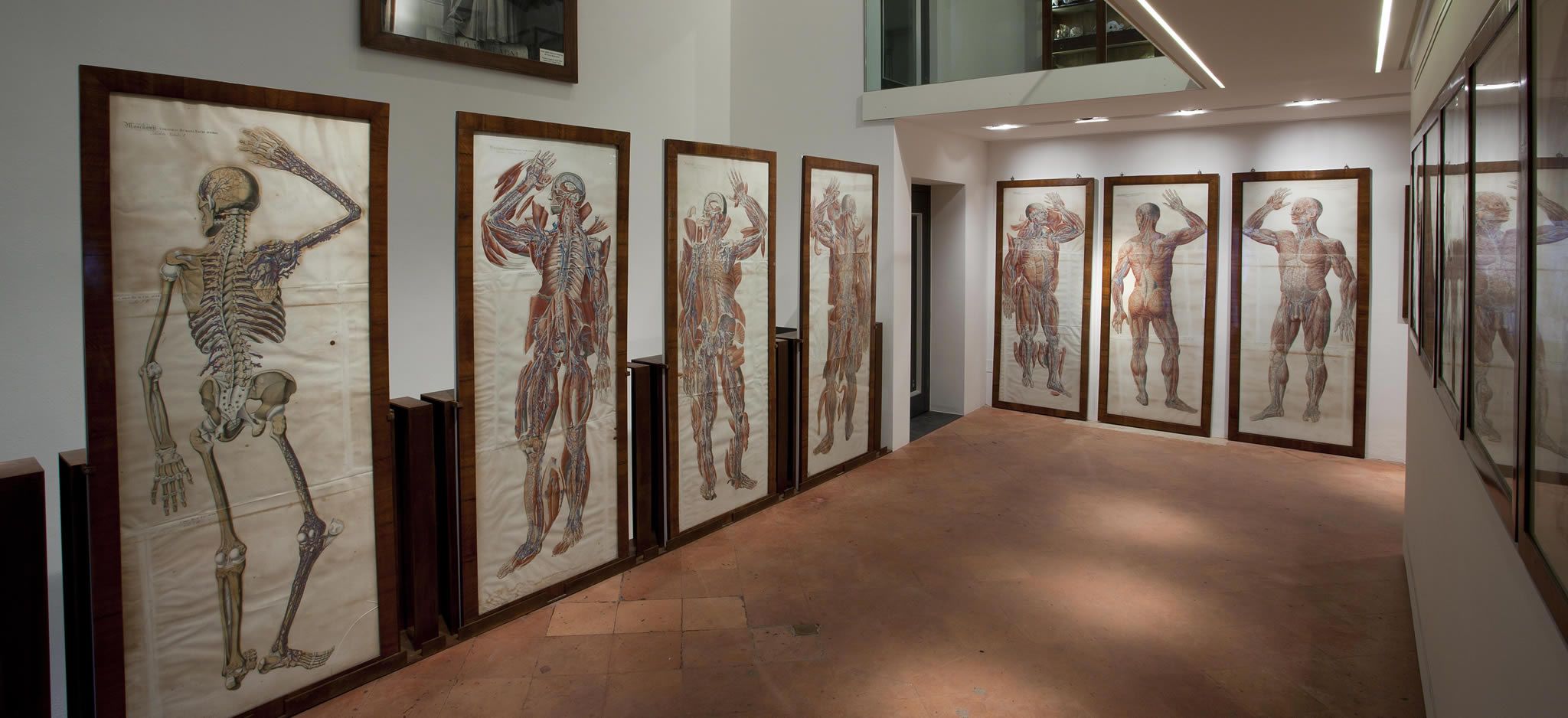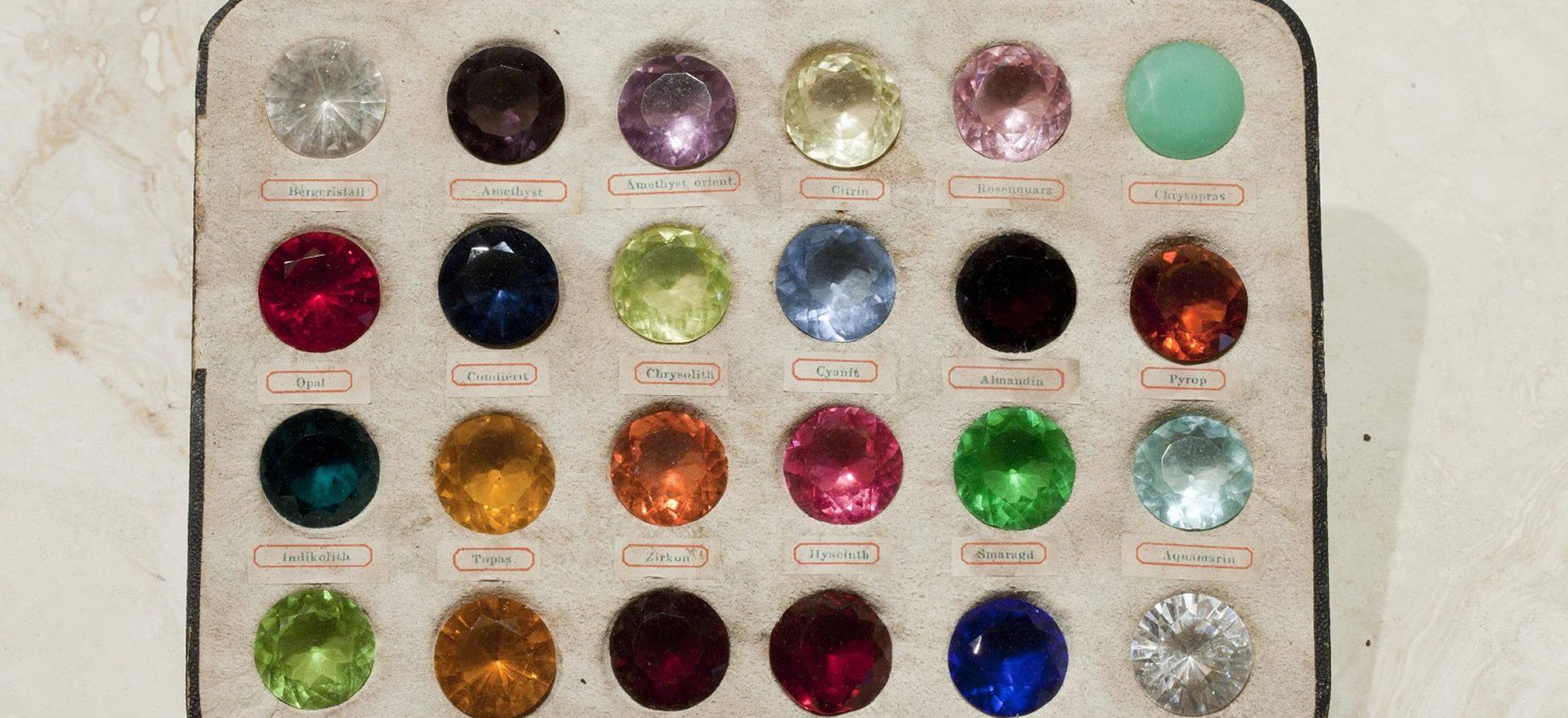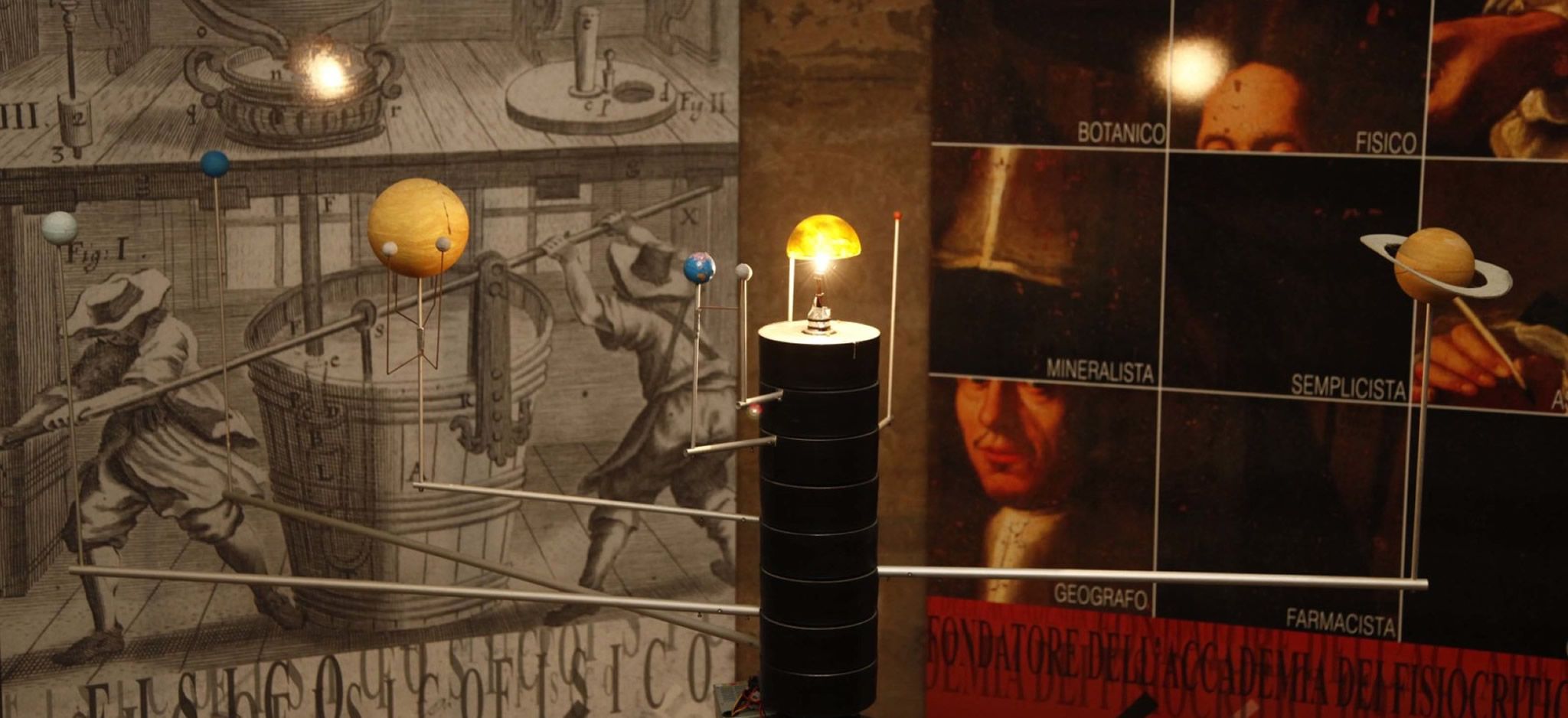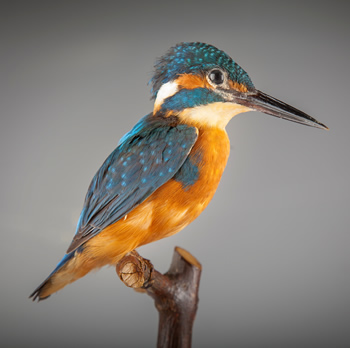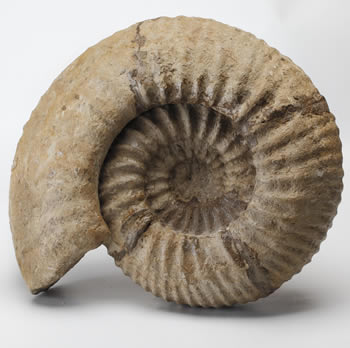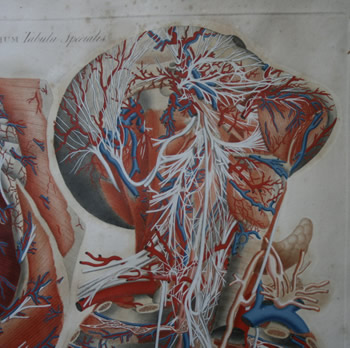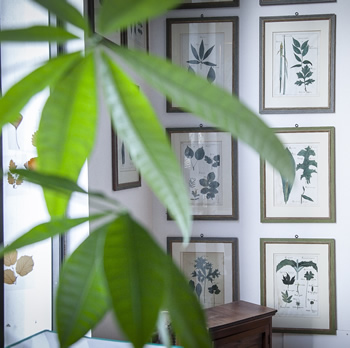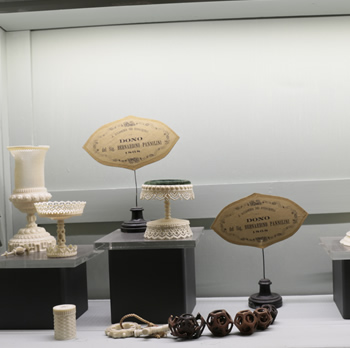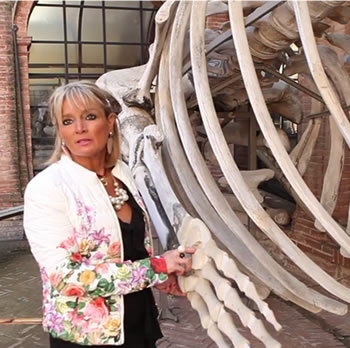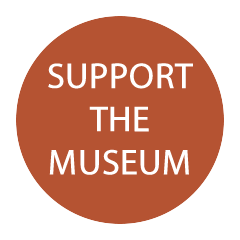The Museum of Natural History is one of the oldest and most important scientific museums in Tuscany. The building, previously a Camaldolese monastery, houses two centuries of acquisitions and donations. Collections of natural and historical specimens, period instruments and curiosities are displayed in nineteenth century style. The Museum is organised in four main sections and occupies the two floors of the building surrounding the central court, a large basement and an upper floor with attic. A specimen that has become the emblem of the museum, the skeleton of a 15-metre whale, is on show in the courtyard.



